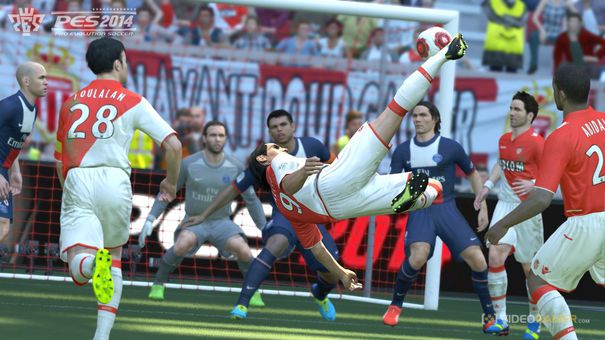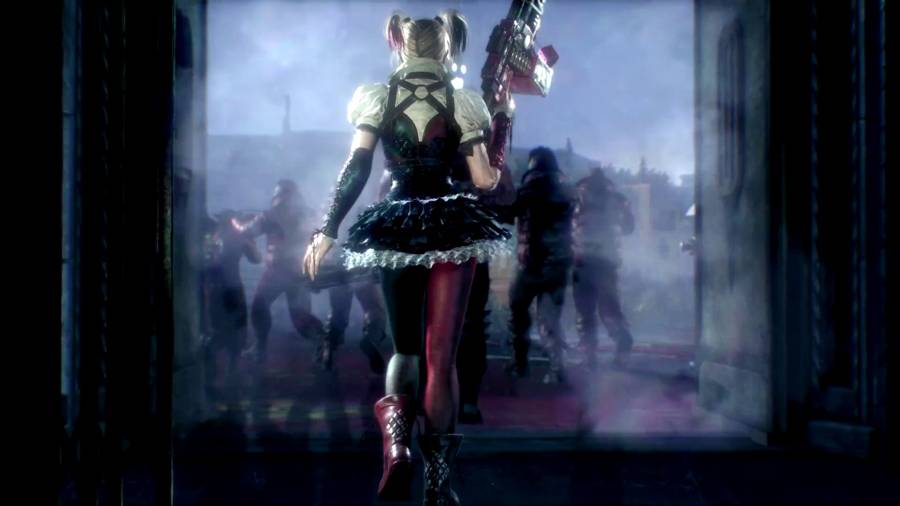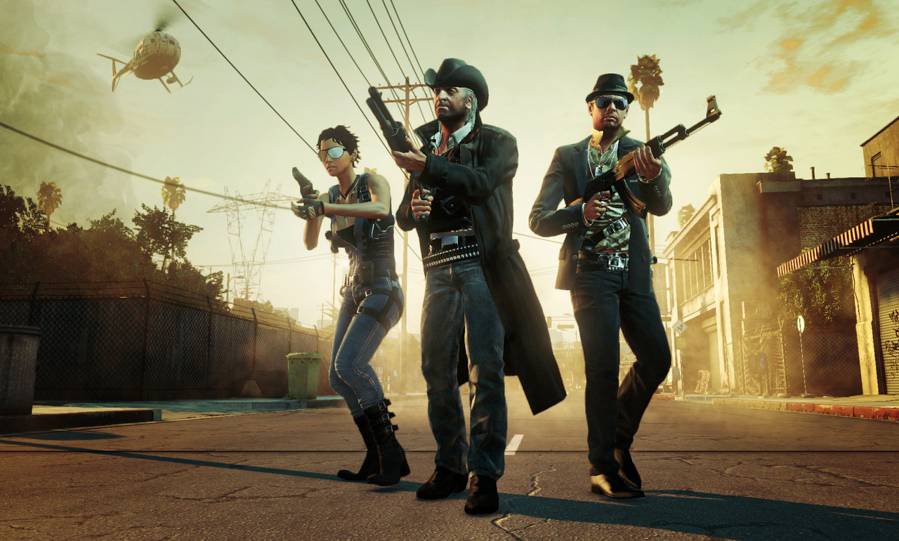Camera options affect- what else?- the camera used in the game. As with most third-person RPGs, the position of the camera in Xenoblade Chronicles is often both important to manage and a pain in the keister. The camera isn’t as fond of getting ‘caught’ behind objects as it is in some other games, and having constant control of its direction via the right joystick (with a Classic Controller) or control whenever you want it by holding the C button (with a Wiimote/Nunchuk combination) gives you a lot of leeway in unhooking it. Those of you using a Wiimote can also reposition it by tapping the C button to return it to its original location.
Still, there’s more to camera controls than that, and Xenoblade Saga thankfully gives you plenty of ways to adjust it.
First off, there are the X and Y axis options. These options let you swap between normal and inverted settings. The Y-axis normal setting is going to be very familiar to those fans of flight simulators, and the X-axis normal option is going to be well-recognized by veterans of games that have frequent swapping between first and third person perspective.
The essential difference, though, is that with the options set to Normal, you’re going to be moving the camera in the direction you press. With the options set to Inverted, you move the camera to face in that direction instead. You may want to experiment with these options a little bit, different people have different camera preferences.
You can also change the speed at which the camera moves, useful for those of us who want little camera adjustment or who are more used to a sensitive camera control. There are five speeds, so you can be pretty exact with how well you fit the camera response to your own likings.
There is also a five-setting speed option for how quickly you can zoom the camera in or out.
Point of View is an interesting option- it changes the default setting of the camera between a ground-level perspective, a head-level perspective, and a high perspective that is something like the old ‘three-quarters’ view used in 8 and 16 bit ‘3-d’ games with an angled-down view of the ground. This is only going to define the default position of the camera- you can still adjust it freely. This only really comes into play with the next option-
Angle Correction is a setting that lets you tell the camera one of two things. With Angle Correction on, whenever you aren’t actively controlling the camera it will automatically drift back to the position you set with Point of View. If you leave this setting off, though, the camera just stays at the direction and location you left it.
Finally, there is the Battle Camera option. This setting only affects combats with particularly large enemies- if you set it on, then the camera will automatically move when you aren’t controlling it, into a position that lets you see the entirety of the larger enemy in the combat. Otherwise, it’s not going to do anything at all.





